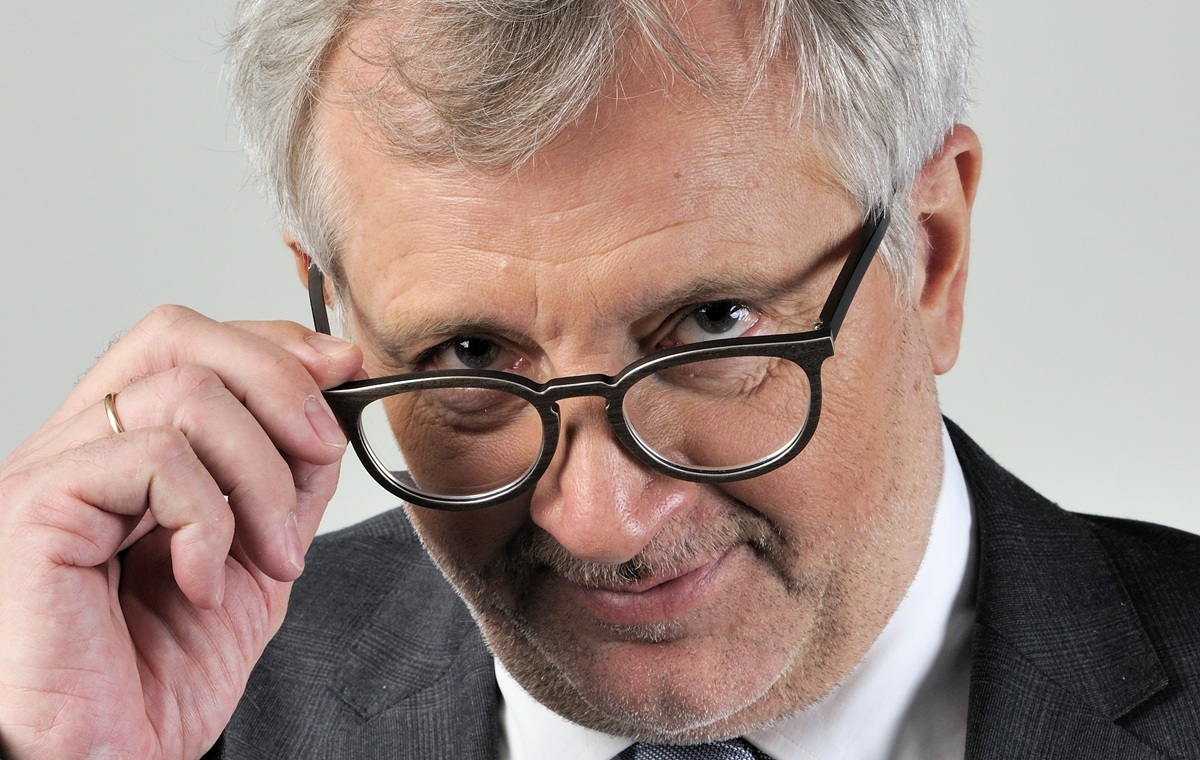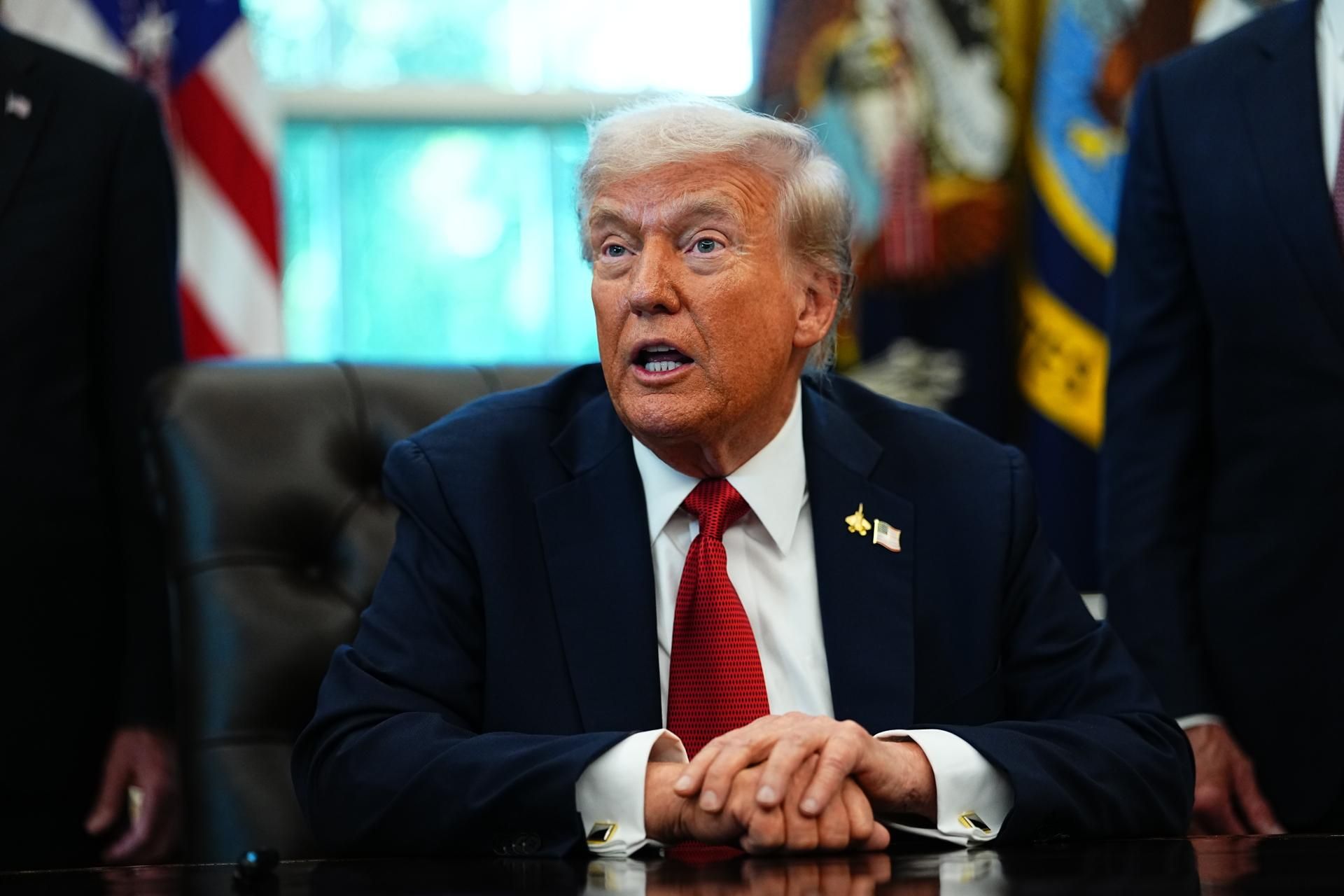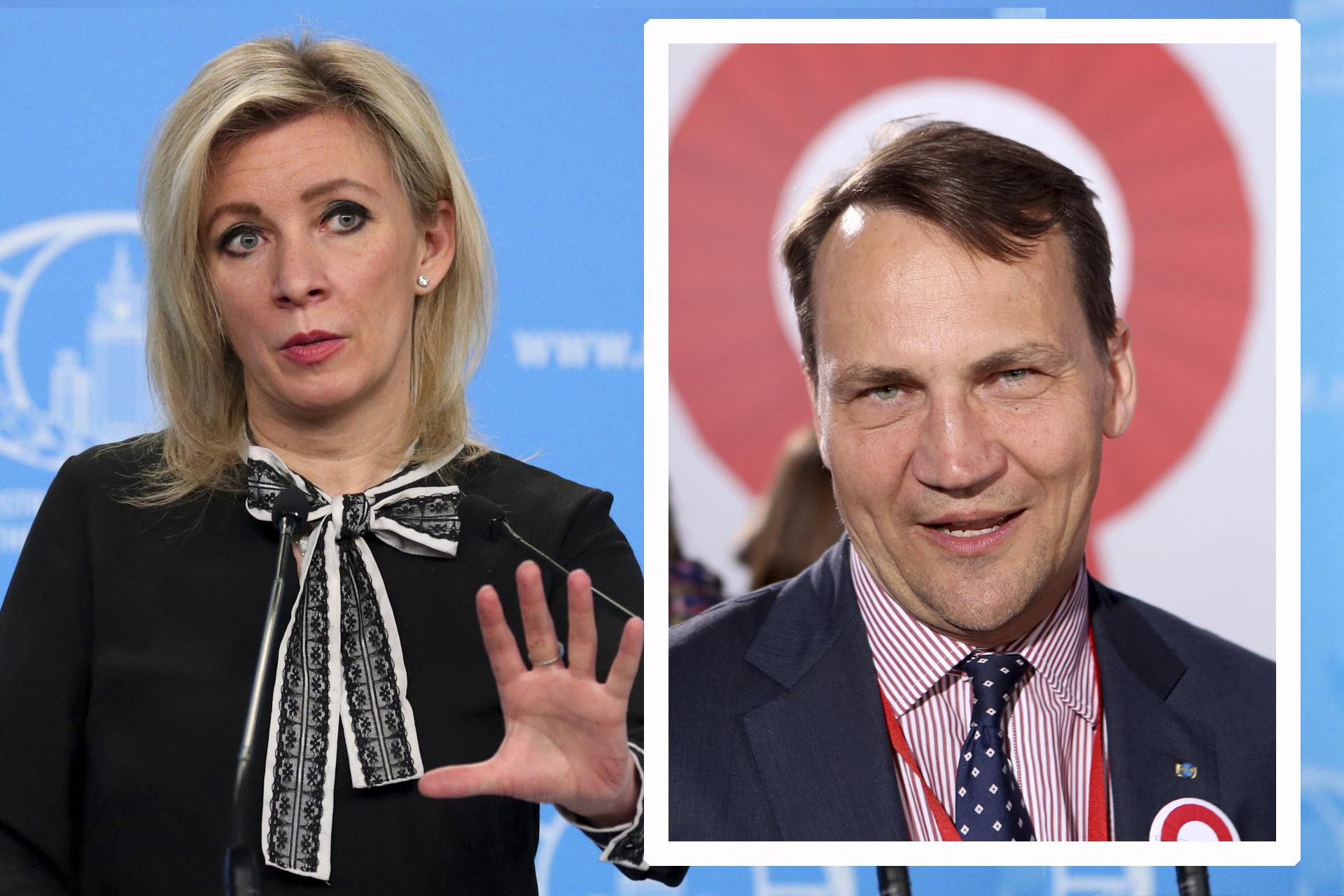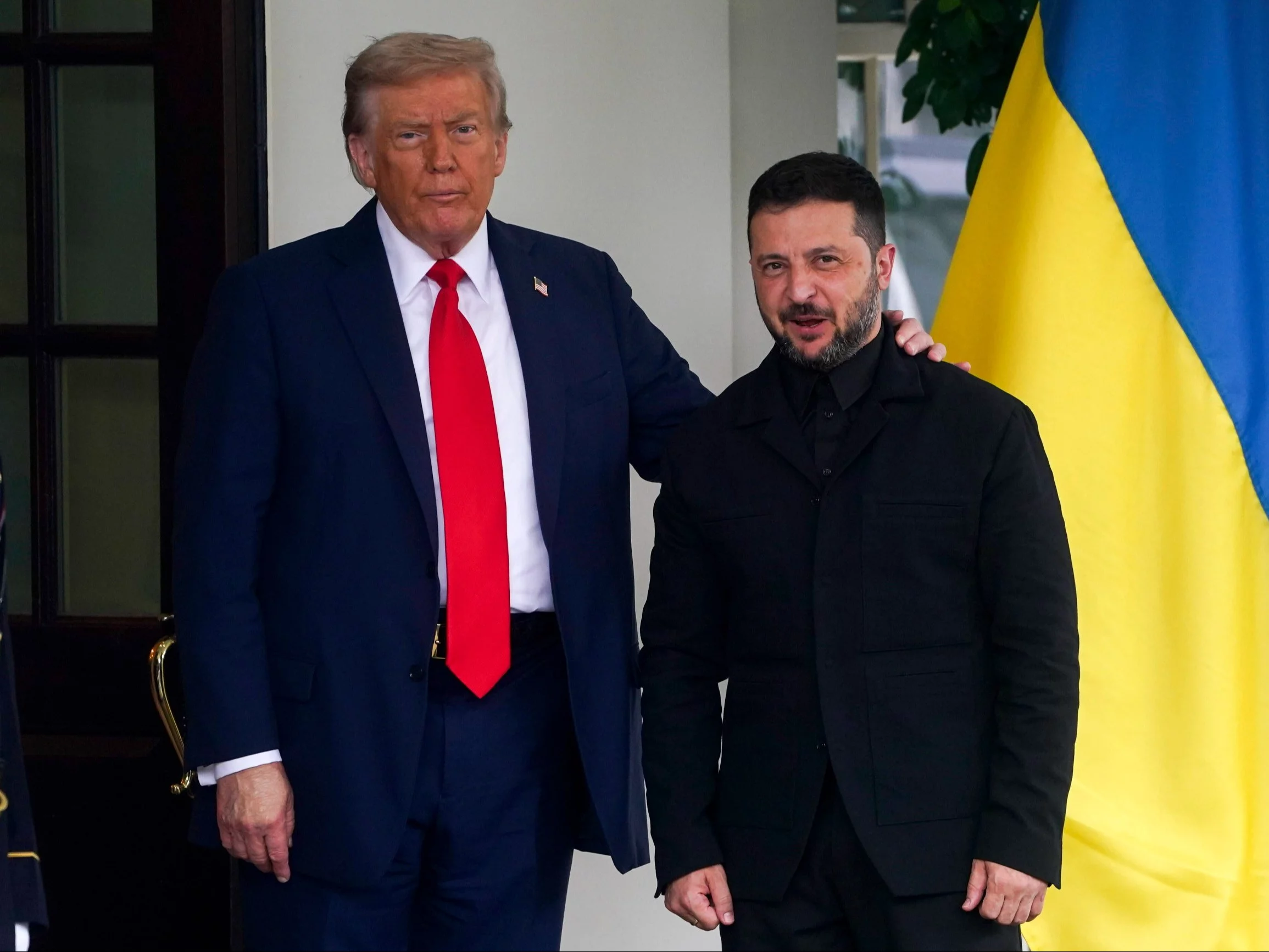
Powellarization Ahead Of T-Day
By Benjamin Picton, Senior Market Strategist at Rabobank
The FOMC surprised nobody yesterday by opting to keep the upper band of the Fed Funds rate target unchanged at 4.50% while continuing to tighten monetary policy through balance sheet runoff. While the decision was completely predictable, the meeting was notable for the fact that both Christopher Waller and Michelle Bowman dissented in favour of cutting rates. Our US Strategist Phillip Marey points out that’s the first time since 1993 that two Fed Governors have dissented against the decision, a polarization that will doubtless grow once President Trump replaces Powell and Kugler next year with hand-picked doves.
Obviously, Fed Chair Powell voted with the majority to hold rates unchanged. In case it wasn’t clear already, Donald Trump and Jay Powell’s bizarre walkthrough of the Fed’s renovations last week illustrated the degree to which the two men don’t see eye-to-eye. Trump continues to criticize Powell for being “too late” on cutting interest rates, while Powell struck a hawkish tone in his press conference yesterday by pointing out that the economy is “solid”, inflation has been running above the 2% objective, the labor market is “at or near maximum employment”, and that prices for some goods have been pushed higher by tariffs.

All of that is true, but Powell went on to point out the most recent data suggests that the pace of growth is slowing with GDP having risen at an annual rate of 1.2% in the first half of the year. He noted that the deceleration from last year’s 2.5% rate was mainly courtesy of weaker consumer spending while business investment in equipment and intangibles picked up from last year’s pace.
That combination suggests that the supply side of the economy is being supported by capital deepening via business investment, but that the demand side of the ledger isn’t keeping up. If that continues the economy will experience an output gap that will encourage disinflation, especially if rising goods prices courtesy of tariffs end up being just a one-off increase in the price level rather than sustained upward pressure and the multi-hundred-billion-dollar investment pledges being made by US trade partners actually happen.
Central bankers love to talk about the “long and variable lags” associated with monetary policy. Given the long lead times before changes in policy rates are fully felt across the economy – and the fact that the Fed cut rates by a supersized 50bps the month before the election (when growth was stronger, business investment weaker and both core and supercore inflation trending upwards) – perhaps it is little wonder that Trump is feeling frustrated with his Fed Chair and is telegraphing his intention to treat the appointment of Fed Governors in the same politicized way that the appointment of Supreme Court justices is treated by US Presidents.
While tariffs were a feature of the FOMC decision they also continued to feature in the broader news flow as the August 1st deadline for reciprocal tariffs looms tomorrow. Trump signed an executive order to impose 40% tariffs on Brazil – whose left-wing government has recently courted closer ties with China and Russia – in addition to the existing 10% baseline tariff while also imposing Magnitsky sanctions on the Brazilian supreme court judge trying former President Bolsonaro on charges of plotting a coup.
Trump also threatened 25% tariffs “plus a penalty” for India, pointing to India’s extensive tariff and non-tariff barriers and purchases of Russian arms and energy products as justification. Trump has recently proposed secondary sanctions against any country buying Russian exports if Vladimir Putin does not agree to a ceasefire deal in Ukraine. In a subsequent ‘Truth’, Trump said that the USA had just done a deal with Pakistan whereby the two countries will collaborate to develop Pakistan’s extensive oil reserves. To highlight his thinking on keeping trade flows within a coalescing US-aligned bloc (and thereby isolating the likes of Russia, China and Iran) Trump went on to say “who knows, maybe they’ll (Pakistan) be selling Oil to India some day!”
Trump also announced via Truth Social that South Korea and the USA have agreed to a trade deal whereby Korean exports to the USA will face a 15% tariff (the same as Japan and the EU) while US exports can enter Korea tariff-free. According to Trump, South Korea will invest $350bn in the USA and purchase $100bn of US LNG or other energy products. Again, this sounds awfully similar to the terms of the deals struck with Japan and the EU and represents a reverse Marshall Plan of sorts whereby the periphery funds investment in the core while also agreeing to trade terms that ensure the core gets to pick and choose what gets made and where. Effectively, the USA is now directing a growing chunk of the global production process.
With the UK, Japan, the EU, South Korea, Vietnam, the Philippines and Indonesia all now signed on to agreements with the USA and Bangladesh having just agreed to purchase 220,000 tons of US wheat to buy some goodwill on trade, it appears to be only a matter of time before India agrees to terms to ensure that it retains favourable access to the US market and all of those other markets that Trump has demonstrated he has the power to direct through economic coercion. Those terms will almost certainly include Indian purchases of US arms and energy products and preferential access to the heavily-protected Indian market for US agricultural goods.
A potential loser in all of this is Australia. With the US sending more wheat to Indonesia and Bangladesh and more LNG to Japan and South Korea, Australian exports stand to be displaced from their traditional markets. Concurrently, Canberra seems to have given one up for free by rolling back biosecurity restrictions on US beef imports without securing any kind of commitment from the USA on tariff rates or market access for Australian steel, aluminium and pharmaceutical exports.
Aussie CPI printed below market expectations yesterday after the RBA – having perhaps not read the play – inexplicably kept the cash rate unchanged in July despite the market being fully-priced for a cut. While the central bank dithers in featherbedding the economy against trade shocks, Australian politicians (who are also perhaps struggling to read the play) will be crossing their fingers and toes that the tariff rate remains at the 10% baseline announced back in April, and that Donald Trump doesn’t make good on hints earlier this week to increase baseline to 15-20% for the also-rans who failed to secure a deal.
In the words of Darth Vader, it might be a case of “I am altering the deal. Pray I don’t alter it any further.”
Tyler Durden
Thu, 07/31/2025 – 10:40












